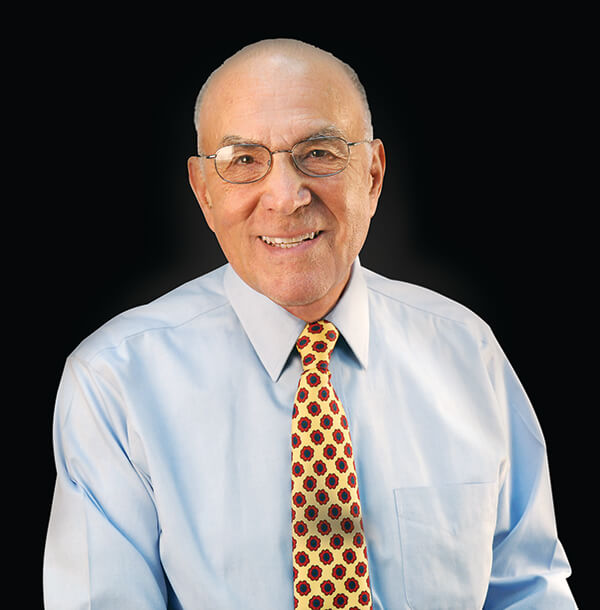If you believe this old-timey magazine ad, bad breath was the number one threat to wedded bliss—and the only surefire cure was mouthwash.


LARRY COHEN, Benco Dental’s chairman and chief customer advocate, has over the past half-century collected hundreds of unique dental artifacts, which reside at Benco’s home office in Pittston, Pennsylvania.
WE ALL KNOW the technical term for bad breath is halitosis. What you probably don’t know is that halitosis is a made-up word. It came not from medicine but rather the wonderful world of advertising. In the early 1920s, the folks behind the Listerine brand decided that “bad breath” didn’t sound scary enough, so they coined “halitosis” instead. It was a milestone in the product’s rise from surgical anesthetic to over-the-counter sales juggernaut.
The short version of Listerine’s story begins in the 1860s, when the work of Joseph Lister—an English doctor who became a leader in establishing the germ theory of infection— inspired St. Louis-based Dr. Joseph Lawrence to create an alcohol-based formula named “Listerine” in honor of Dr. Lister. There’s more to it than we have room to recount here, but by 1895, dentists started taking notice of its germ-killing power in the mouth, and the rest is history.
This 1931 ad from Ladies’ Home Journal shows how Listerine built its popularity from doctors to the general population in its earlier days. The ad argues that halitosis might someday soon constitute legal grounds for divorce. Even worse, it’s impossible to know if you have bad breath, and your friends and relatives will be too embarrassed to tell you. But swishing some Listerine means you can have reliably fresh, clean breath despite excessive smoking, digestive disorders or rotting teeth. Say what you will about these marketing tactics, but given what we know today about the connection between healthy mouths and healthy bodies, whatever it took to get more people practicing better oral hygiene was worth it.



